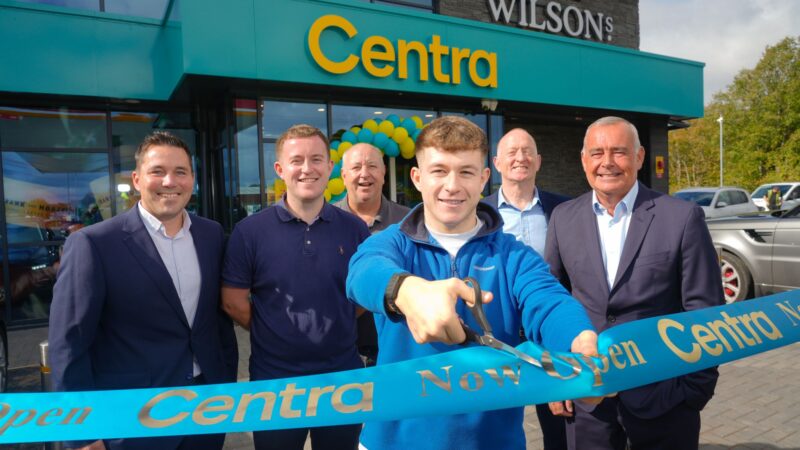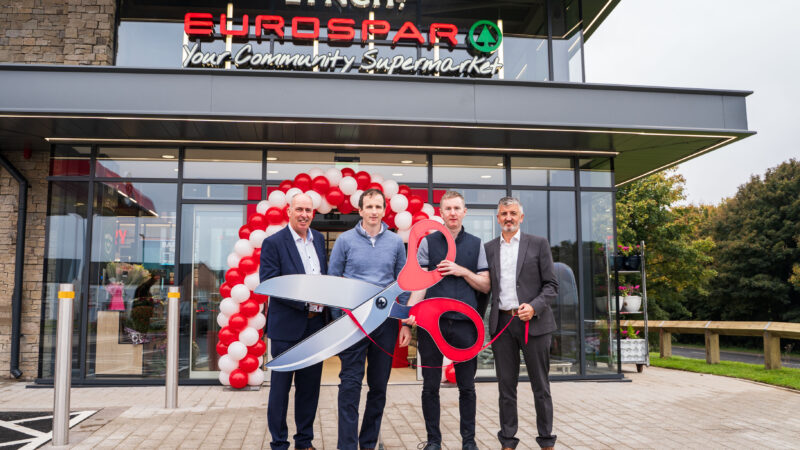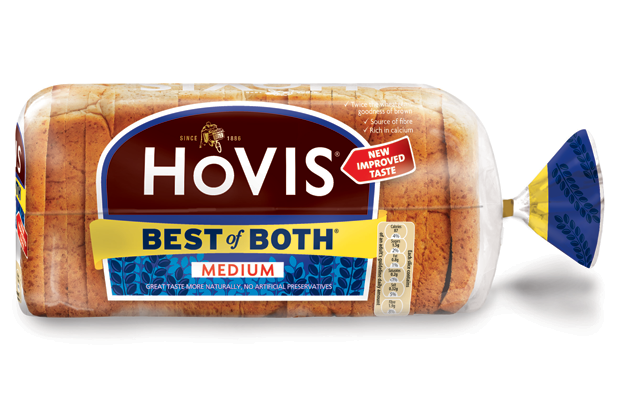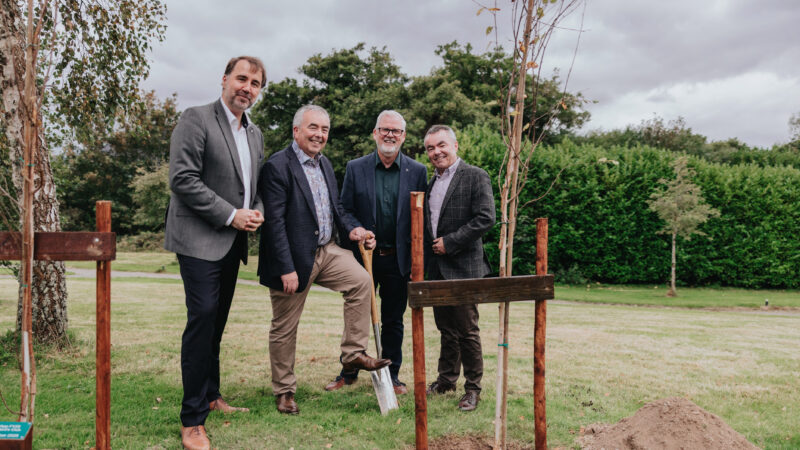Navigating the evolving retail landscape in Northern Ireland

The retail sector in Northern Ireland is in a period of transformation. While the challenges of recent years – high inflation, elevated interest rates, and soaring energy costs – have at times cast a shadow, the sector is also finding opportunities to adapt and grow, outlines Stephen Smith, Associate Director, CBRE NI.
Changing consumer habits, a rise in online shopping, and increasing demand for experiences over traditional shopping are reshaping the market.
Despite these shifts, the retail landscape in Northern Ireland remains dynamic, with clear signs of both resilience and reinvention.

Belfast city centre stands as a focal point of this transformation, with the opening of The Keep development on Castle Lane a key example. Having attracted major names like H&M, Apple and Deichmann Shoes, this new scheme is breathing life into the city centre, providing a much-needed boost to foot traffic and offering a glimpse of the potential for urban retail revival.
Victoria Square, another cornerstone of Belfast’s retail scene, has been adjusting to changes. While brands like Apple and River Island have upsized and moved to other locations, the vacant units are reportedly near full occupancy, with new tenants expected to be announced in early 2025. Such developments highlight the city’s ability to retain its relevance in a competitive market.
Similarly, CastleCourt shopping centre continues to perform well, with TK Maxx’s relocation from Donegal Arcade, to be part of the former Debenhams site, bolstering the centre’s appeal alongside other new additions, such as Trespass and Vanilla. These lettings underscore the importance of offering a strong tenant mix that caters to evolving consumer demands. Further proof, therefore, that Belfast’s retail core, while not without its challenges, has a clear capacity for adaptation and reinvention.

Retail warehouses and parks also remain a key component of Northern Ireland’s retail economy, with spaces like Boucher Retail Park thriving and Sports Direct recently upsizing to a 35,000 sq ft unit.
Discount retailers such as Home Bargains, B&M, and The Range continue to dominate this space, driven by consumer demand for value-focused options.
Vacancy rates across retail parks remain low – a testament to their enduring popularity – though this sector is not immune to disruption. The recent closure of Next’s Home Store at Sprucefield, following the earlier closure of its store in Crescent Link Retail Park, serves as a reminder of the shifting dynamics within retail parks.
The food and beverage sector is one of the most dynamic and competitive areas of the market. New additions such as MB Chicken and Popeyes have opened their first restaurants in Northern Ireland and are actively scouting further opportunities.
Established brands such as McDonald’s, Greggs, and Starbucks continue to expand aggressively, focusing on drive-thru and pod formats to meet consumer demand for convenience. And, of course, The Ivy Collection opened its first Northern Ireland location on Donegall Place, demonstrating the city’s appetite for high-end dining experiences.
Supermarkets remain a cornerstone of the retail landscape, meanwhile with Lidl at the forefront. The German discount giant has opened new stores at Carryduff, Stewartstown Road and Boucher Road, bringing its total number of outlets in Northern Ireland to 43 by the end of 2024. What is more, Lidl has plans to open 20 additional stores over the next decade. This aggressive expansion highlights the strong consumer appetite for affordable grocery options and the sector’s potential for sustained growth.

Despite these success stories, challenges persist, particularly for secondary retail schemes. Locations that lack strong footfall or a compelling tenant mix are finding it increasingly difficult to attract occupiers. At CBRE NI, we believe that without significant investment or creative repurposing of vacant spaces, many of these schemes are likely to struggle in the coming years.
For landlords, the financial viability of such investments remains a key concern, particularly in an economic climate marked by rising costs and cautious consumer spending.
Looking ahead, the retail sector in Northern Ireland will need to continue adapting to the changing expectations of consumers. There is a clear and growing emphasis on experiences – consumers are seeking more than just products when they visit retail spaces. Whether it is a beautifully designed backdrop, engaging events, or unique dining options, the future of retail lies in creating memorable, multifaceted destinations that go beyond traditional shopping.
Prime locations, particularly in Belfast city centre, are well-positioned to capitalise on these trends. High footfall areas with strong transport links and a vibrant mix of retail, food, and leisure offerings will continue to attract investment and consumers alike. In contrast, secondary schemes may face an uphill battle unless they can offer something distinctive or repurpose their spaces to meet the needs of modern consumers.
While the Northern Ireland retail sector is navigating a challenging environment, it remains fundamentally robust in many areas. Belfast city centre continues to evolve, retail parks are performing strongly, and the food and beverage market is thriving. Supermarkets, led by the likes of Lidl, are expanding their footprint, while the demand for prime retail space shows no signs of slowing down.
As we move into 2025, the key question for the sector is how well it can respond to these ongoing changes. Retailers and landlords alike must remain agile, invest in innovation and create spaces that resonate with today’s consumers.







